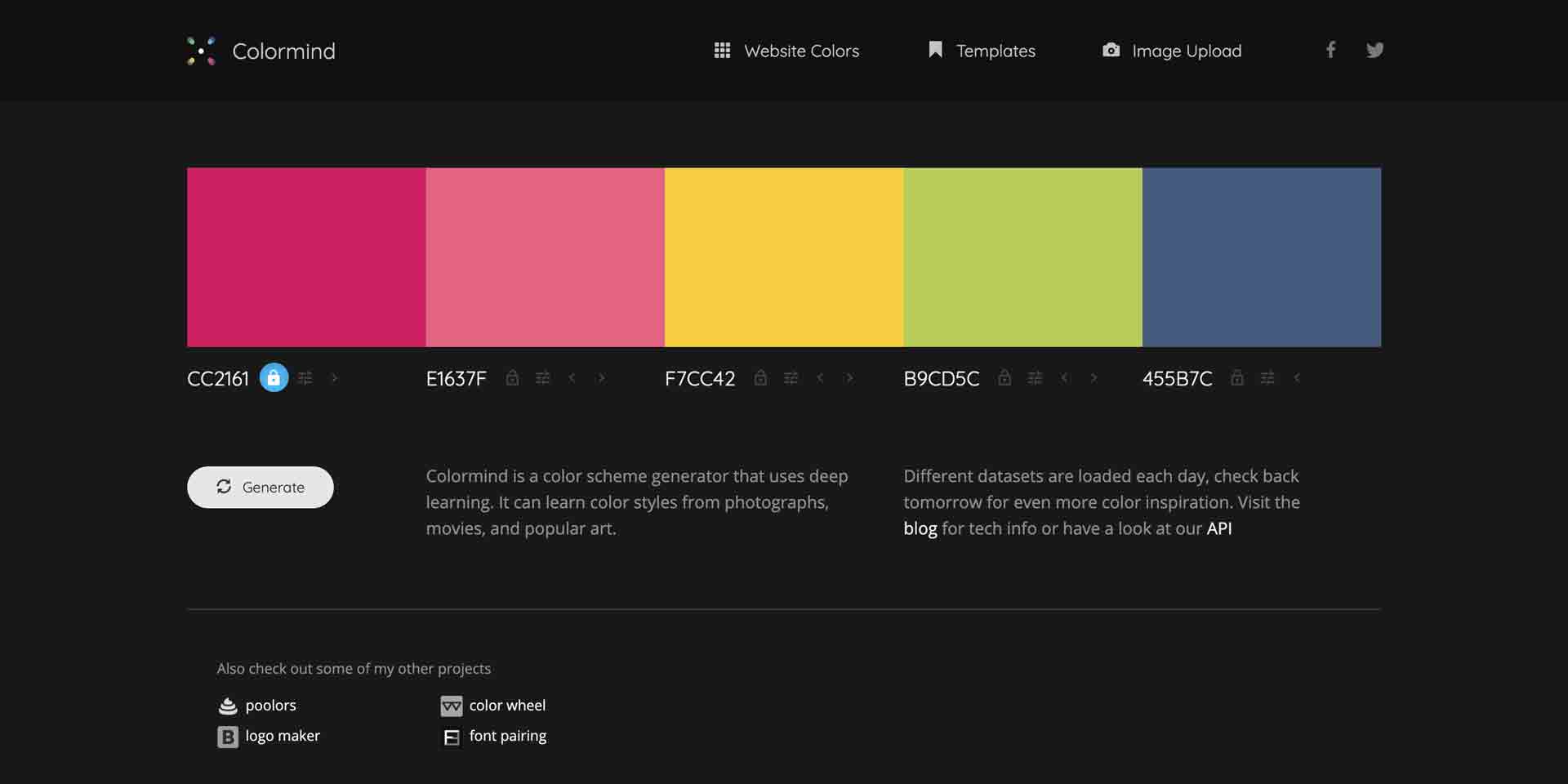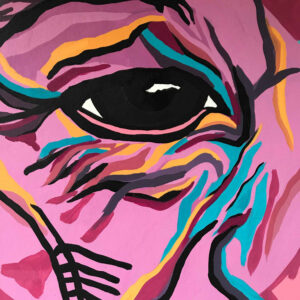We have been surrounded daily by artificial intelligence systems such as Google or Siri voice assistants, content on social networks, recommendations on music platforms, or Google predictive searches. But what are they about, and how do they impact?
AI is a technology that operates through algorithms that many industries have incorporated to perform systematic and complex tasks to facilitate processes and that have often replaced human tasks. This type of technology is necessary in many cases and has improved results, even achieving advanced computer security, programming, and data analysis mechanisms.
But in graphic design,
will Artificial Intelligence ever replace the work of creative people?
According to user requests and just in a few minutes, AI’s evolution has allowed it to design logos with remarkable visual qualities according to user requests. They can make small changes like colors or typography and interpret them as if they were a person. Because of this, AI is increasingly used for graphic design tasks.
Tools that use AI have demonstrated their cognitive abilities, which allow them to think as people do. They can receive, identify, and categorize different colors, shapes, text codes, or design patterns. As well as this, they can store more information and for a longer time than humans. These skills become highly beneficial for artificial intelligence if you design a website, product logo, or packaging. AI systems can verify the relevance of different objects and voices to a given task and work accurately and much faster.
By identifying any content, AI can respond appropriately to the stimuli it receives to personalize attention and therefore improve the user experience. In this way, it works similarly to free online logo design tools in which an online creator gets the customer’s information and returns different related templates for their order.
Systems based on artificial intelligence can identify and memorize the structures of different objects. This feature is used in machines that recognize thumb impressions and facial features of people. It also allows for classifying information to perform many complex tasks in less time, including design. The systems are highly efficient in this task and can easily detect the slightest difference between an object or image structure. Unlike people, there is no margin for error.
Nikolay Ironov
A perfect example is a project carried out by Lebedev Studio. Its creators developed an AI designer under the name of Nikolay Ironov, whose profile photo was generated by a neural network from the pictures of all the studio’s employees. This virtual designer took on complex creative design tasks, from original logos to the creation of brand identities. The curious thing is that it has been pretending to be a person for over a year, achieving successful results.
Thanks to its algorithm, Nikolay Ironov can make unique designs without needing a person at any stage of creation and free from external influences that may condition its work. The most significant benefit of its services is that it can produce much more than a human designer: it is available 24/7, does not get sick, has no free time, its productivity level does not decrease, and can complete its tasks in a much shorter time. But the most important thing is that he meets his clients’ expectations, many of whom have been essential companies that endorse him.
Wix Adi
Wix Adi is another popular tool that takes advantage of Artificial Intelligence to design websites, making it easier for developers to avoid having to do so they can concentrate on programming tasks. It is also widely used by companies that need to develop landing pages and microsites very often. Its effectiveness is due to its simplicity. Just give it the contents and the tool will guide you step by step until you find the best digital solution in terms of colors, visual design, images, etc.
Adobe Sensei
Adobe Sensei uses automatic learning to facilitate the creation of customer experiences. It is designed to eliminate repetitive tasks by guessing the next possible action by learning the user’s movements. It also performs sophisticated tasks such as detecting and understanding illustrations and achieves photo-realistic effects with professional dimensions such as color harmony, depth of field, rule of thirds and object emphasis. Adobe Sensei provides personalized experiences for users in real-time by learning what they want.
Auto Draw
AutoDraw, developed within the Google Creative Lab, is a drawing tool that combines the magic of machine learning with the drawings of artists. The AutoDraw algorithm tries to guess what you’re drawing, and based on that; it offers you a game with graphics from different artists.
Colormind

Another artistic option is Colormind, which helps designers automatically generate color palettes based on color combinations that have worked before. To find harmonious color lines, the software has as a starting point the neural networks that allow you to instantly get a set of colors that the algorithm has matched. You can also touch up any of the colors using the color map that opens through one of the small icons below the colors.
The common point between these programs mentioned is that you can create seemingly infinite amounts of variations, whether they are colors, templates, icons, or other elements. Artificial Intelligence makes this possible as it can process large amounts of data. However, it has some weaknesses compared to human design. Firstly, AIs do not have emotional intelligence and therefore cannot understand certain natural nuances, such as understanding body language, subtle voice changes, or messages between the lines. Consequently, these tools are unable to understand what the user wants when there are subtleties in the design.
There is another critical factor to keep in mind, which is a human presence. There are simply many people who still prefer to go to stores instead of buying online, for example. This is because no online service, no matter how hard you try, can match the personalized experience a customer can have. The same principle can be seen in graphic design. There are many customers who want a more human touch, a specialized service, a person who can listen to their problems, and create designs that adequately meet their needs. Finally, people are characterized by their ability to imagine. Creativity and originality are two aspects that AI cannot offer. For now, only humans can create works of art.
Design testing AI
Real-time code generation
So, how does AI affect graphic designers?
AI has a significant impact on the graphic design industry, but it will not diminish designers’ work. These tools need human assistance to perform most design tasks and to be programmed. AI should not be interpreted as a threat to the designer but rather as an opportunity to broaden the field.
While design professionals will not disappear, their focus may change. AI represents a new challenge that they will need to be aware of to get the most out of it, and that can become a key to their success. It has proven to make simple tasks easier for designers and consumers. One of the best benefits is that AI can help designers with repetitive tasks that are often tedious and speed up the creation process.
Just as typography took over the print edition, AI can be the next technological breakthrough that allows designers to focus on innovation and the end-user rather than manual labor. Indeed, AI will not replace designers; AI will work as their assistants since it lacks humans’ essential skill: creativity.
AI allows designers to do all the fun without the extra work. Isn’t that cool? This makes us very optimistic about the future of design. We can not wait to get more advanced helpers in the creative process.











